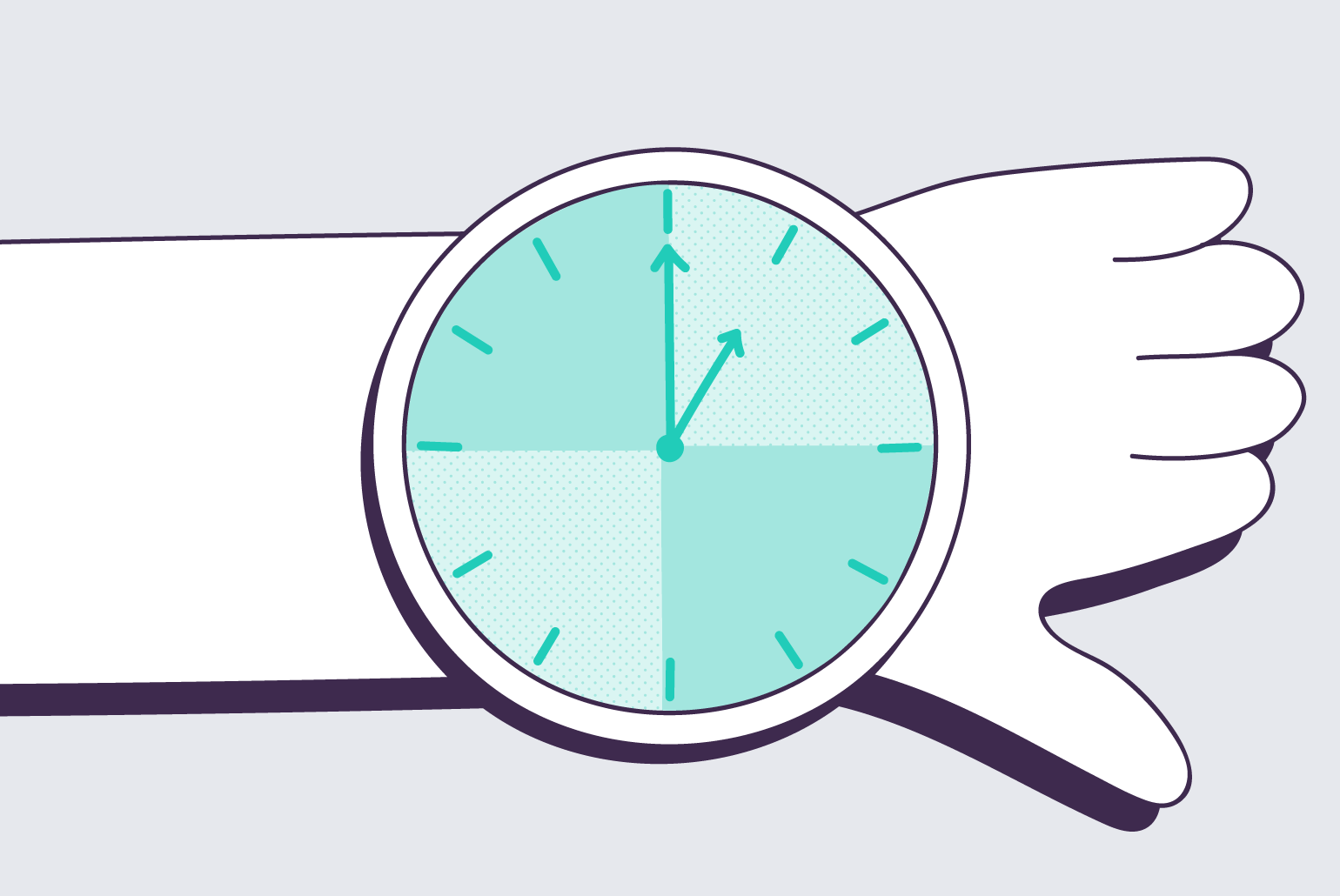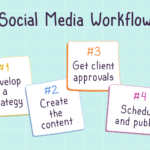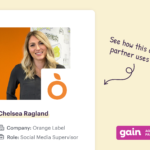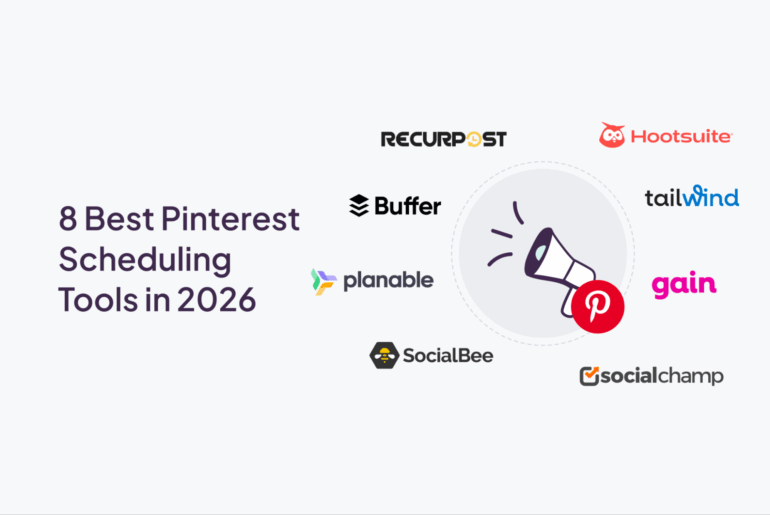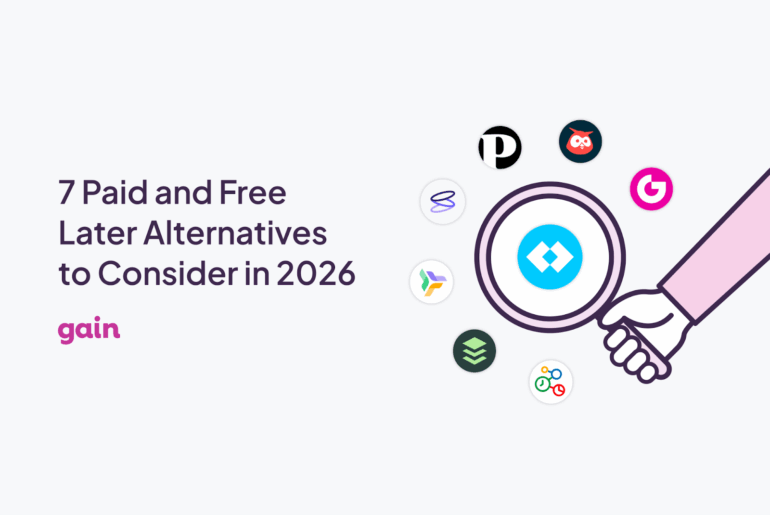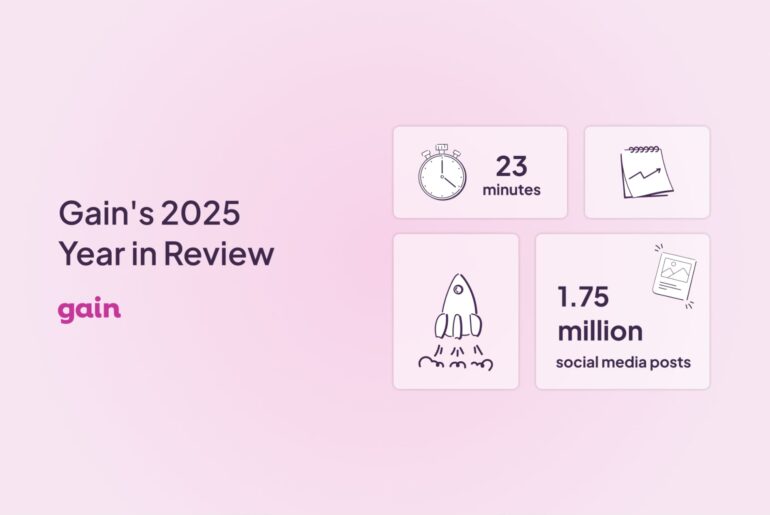Countless analytics tools claim to show you the absolute best times to post on each social media platform.
But does the timing of your posts really matter anymore?
The reality is that the social media landscape has changed drastically over the past few years. Unfortunately, there is no universal “perfect time” to post on social media, even more so since the pandemic began.
For instance, it used to be a safe bet to post when people were browsing their feeds during their morning commute or lunch break. However, as more and more companies are shifting to remote and flexible work, people are browsing their social media feeds at all hours of the day.
The sheer volume of content published every day is also changing how algorithms curate our feeds. Many platforms still prioritize a post’s “recency.” However, several other factors – such as the post’s source, our engagement with similar content, and level of engagement immediately after posting – also play a heavy role in determining whether or not a post shows up in our feeds.
To put it bluntly, you shouldn’t waste too much of your time trying to figure out the perfect time to post on social media.
Where and what you post matters more than the time you post
Think about your target audience. What do you know about their interests and online behavior? Where do they like to hang out?
While recency still plays a role in whether your post shows up on your followers’ feeds, each social media platform’s algorithms prioritize posts differently so that users see what is most relevant to them.
Let’s take a look at what we know about each platform’s algorithms (based mostly on data from 2021) and whether or not “timing” really matters:
When selecting relevant content to display to each user, Facebook’s algorithms look at four key elements:
(1) Inventory – posts based on Pages and people a user follows, groups they’re in, and content they’ve shared or engaged with previously
(2) Signals – a user’s “engagement history,” or connection to the person/Page sharing the post
(3) Predictions – how likely a user is to engage with each new post, and
(4) Score – how the algorithms “score” each post, taking into account all of these factors.
Instagram claims to use thousands of “signals” to determine which posts appear in a user’s feed and Stories.
The most important signals, roughly in order of importance, are:
(1) Information about the post – such as how many people have liked it, how long it is if it’s a video, location, time of post, etc.
(2) Who posted – and how many times a user has interacted with that person in the past few weeks
(3) Activity – what a user might be interested in and how many posts they’ve liked, and
(4) History of interaction with someone – how interested a user might be in seeing posts from a particular person.
Twitter does famously use a “relevance” model for its algorithms to define whether or not a tweet is relevant to the user. And while its ranking parameters are constantly changing, other key ranking factors include:
(1) The tweet itself – its recency, media (image or video), total interactions
(2) The tweet’s author – a user’s past interactions with the author, strength of the connection/relationship, and
(3) “You” – tweets the user engaged with in the past, how often a user engages on Twitter, etc.
The LinkedIn algorithm highly prioritizes content “relevancy” over “recency.” Its first goal is to show users content that interests them, and the algorithm prioritizes that over when content was posted.
Secondly, the algorithm aims to encourage user engagement (i.e., getting users to reshare content and even invest in LinkedIn advertising).
Other ranking signals include:
(1) A user’s connections and whether posts can be displayed to users beyond a first-degree connection
(2) Who a user has interacted with in the past
(3) How relevant the post is to a user’s interests – what are the hashtags, other pages/posts a user has engaged with in the past), and
(4) The “virality” of a post – i.e., if many users are engaging with a post, it’s more likely to be pushed out to a bigger audience.
Post timing is not everything
When it comes to figuring out the “best time” to post, there are other important factors to consider, such as your industry.
Suppose you’re running social media accounts for a B2B business. Stick with posting during weekdays when there’s a better chance of getting your posts in front of other business professionals on platforms like LinkedIn.
Or let’s say you’re managing social media accounts for a local business, such as a restaurant. Engagement levels are likely to be higher during the evenings and weekends when people have more time to leisurely browse and/or are seeking a place to eat.
At the end of the day, the best time to post is when your unique audience is likely to be online, it’s really that simple!
Think about where the majority of your target audience is physically located, too. You don’t need to waste a ton of time pinpointing the exact hours they are browsing each social network. They are likely to be spending time online throughout the day while they are awake. Make an educated guess and, so long as you’re posting relevant content, the algorithms will do the heavy lifting.
Free up your time for more important tasks
You don’t need to pay for expensive analytics tools that promise to show you exactly when to post or waste hours analyzing those infographics that claim to know the optimal times to post.
The best way to “win” on social media is by sharing content that is eye-catching and relevant to your audience.
If you’re not reaching the engagement levels you desire, then it likely has more to do with what you are posting, not when. By now we all know that rich media content, such as photos and videos, performs much better than text-only posts on social media. However, blurry or poorly cropped media can really hurt the engagement levels on your posts.
We designed Gain to simplify your social media workflow. With Gain, you can see exactly how your posts will look on Facebook, Instagram, Twitter, and LinkedIn as you create them, a simple but vital way to ensure you’re optimizing every post for maximum engagement. Then, Gain will pass it on to the right people for feedback and approval, schedule and publish for you!
You can create Carousel posts, video posts, link posts, photo posts, and even Instagram Reels and Stories on Gain, optimizing all of your posts for each social media platform’s size requirements and then getting them approved and scheduled in one place.
We’re here to help you spend less time managing your social media content and more time creating content that engages with your audience and boosts your presence in social feeds. Learn more about how Gain makes every step of your social media marketing workflow faster and easier!

